
PARKS
10-08-2021 di redazione
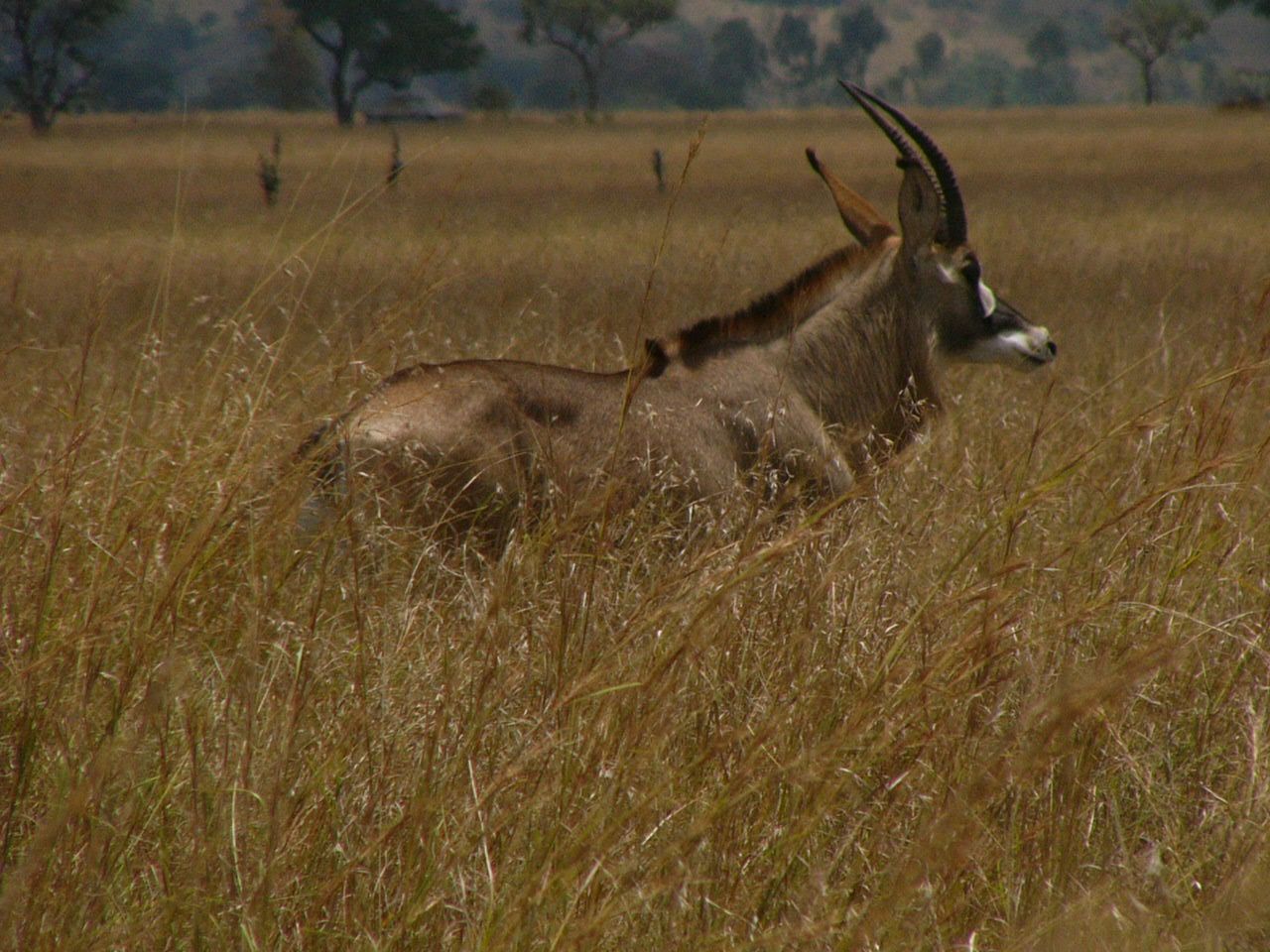
Ruma National Park is located in western Kenya, near the shores of Lake Victoria in one of Kenya's most productive and populous regions, and is one of the country's most fascinating but lesser known parks.
The area covers an area of 120 square kilometres and is characterised by varied and diverse environments and landscapes: large expanses of savannah with acacia groves, magnificent rocky slopes of mountains and volcanoes and slopes of black clay soil.
Initially established as a game reserve, called Lambwe Valley Game Reserve, to protect its indigenous population of roan antelopes, in 1983 it was declared a national park and is now the only refuge in Kenya where this rare species of herbivore can be seen.
The park was named 'Ruma' at the request of the local population after the surrounding area was named after one of Kenya's most powerful witch doctors, Gor Mahia, who lived right on the edge of the park.
This verdant corridor in the Lambwe River valley, enclosed between the volcanic Ruri Hills and the steep slopes of Kanyamwa, is a haven of peace for rare and globally threatened wildlife. As well as being the only place where the roan antelope lives, the park is also the only protected area in Kenya where the blue swallow is regularly recorded. Blue swallows, which migrate to the wet grasslands for both feeding and resting, arrive in Kenya from their breeding grounds in southern Tanzania around April and stay until September.
The park's birdlife is exceptional, with more than 400 species of birds such as kingfishers, sunbirds and African fish eagles.
Ruma offers visitors the opportunity to see various species of wildlife apart from the roan antelope or the cute little oribi antelope, including giraffes, hyenas, impalas, buffalo, elephants, rhinos and zebras that have recently been reintroduced, as well as felines and other mammals. Reptile lovers will not be disappointed either, as easily identifiable species include: African spitting cobra, forest cobra, python, eastern green mamba, black-mouthed mamba and the blowing viper.
How to get there:
The main gate, Kamato Gate is located 42 km from Homa Bay.
From Homa Bay take the main tarmac road C20 towards Rongo. After 10 km, take the right fork and proceed for 20 km to Mirogi. From Mirogi follow the signs to the Park and proceed on the dirt road for about 12 km.
The other entrance, further north, is called Nyatoto Gate.
Admission: Resident adults 250 Kshs, children 100 Kshs. Non-resident adults 20USD, children 10USD.
photo credit KWS
NATURE
di redazione
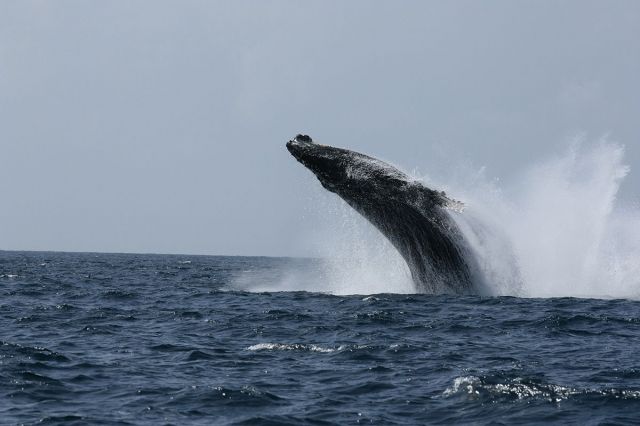
The Indian Ocean also has its "Big 5". It is not only the savannah of Kenya that
PLACES
di redazione
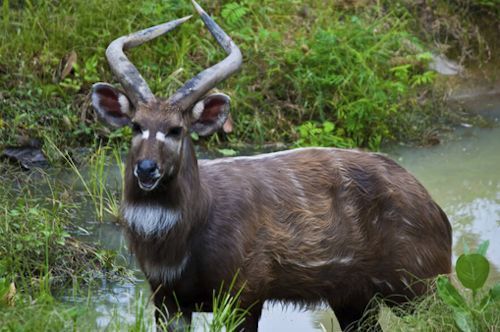
If you want to admire the rare aquatic antelope Sitatunga, there is only one park in Kenya where you can go, and it is the smallest in the whole country.
It is the Saiwa National Park, near Kitale, in the...
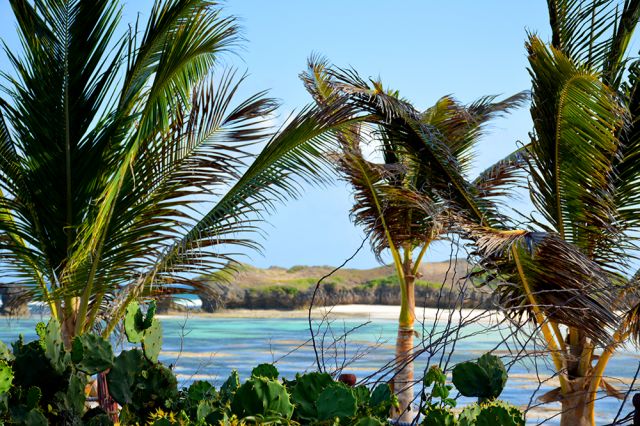
The beauty of nature around Watamu is the first calling card of this wonderful resort in Kenya.
Twenty kilometres before Malindi, arriving from Mombasa and Kilifi, after the...
PLACES
di redazione
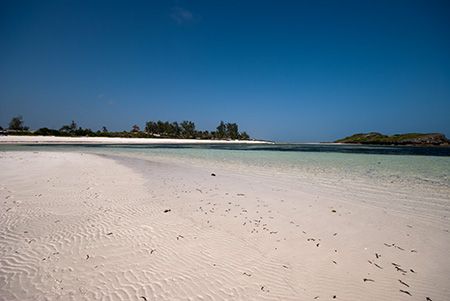
The beauty of nature around Watamu is the first calling card of this wonderful Kenyan resort.
Twenty kilometers before Malindi, arriving from Mombasa and Kilifi, after the villages of Chumani and Matsangoni, you meet...
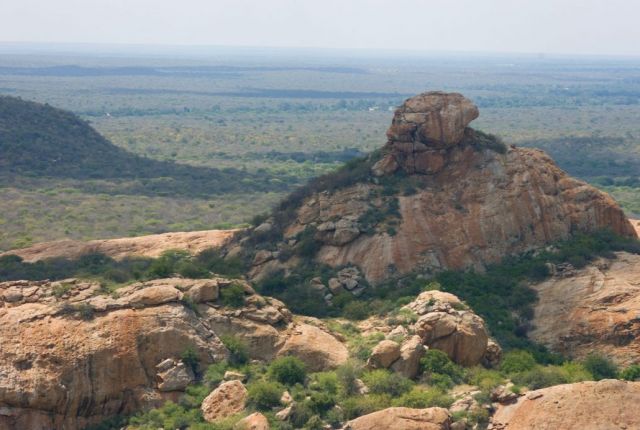
Kora National Park is one of the national parks in the coastal region of Kenya. It covers an area of 1,7800sq km along the banks of the Tana River, 125km east of Mount Kenya.
PLACES
di redazione
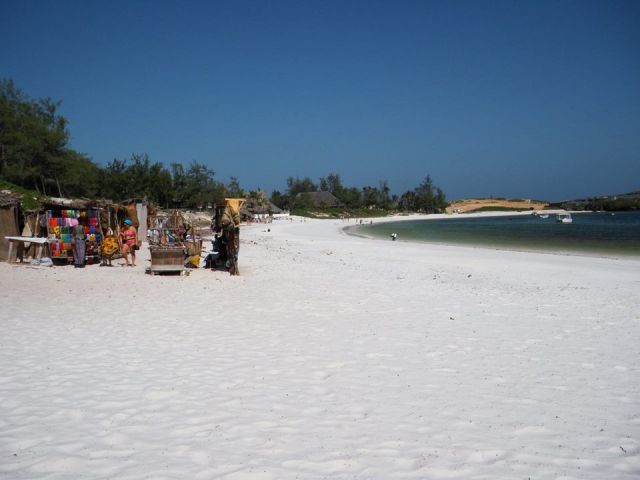
Watamu may seem at first glance to be one of the many villages on the African coast, consisting simply of a small cluster of hotels, a strip of private houses on the beach, a cluttered and poor village shaded by...
PARKS
di redazione
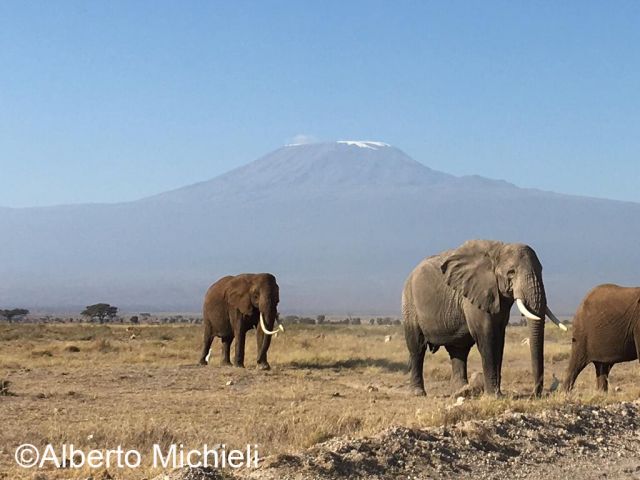
Amboseli National Park is undoubtedly one of Kenya's most popular parks, and we can agree that the reason for its fame is Mount Kilimajaro, which stands out as a stunning backdrop, visible from every point in the park.
Covering an...
PARKS
di redazione
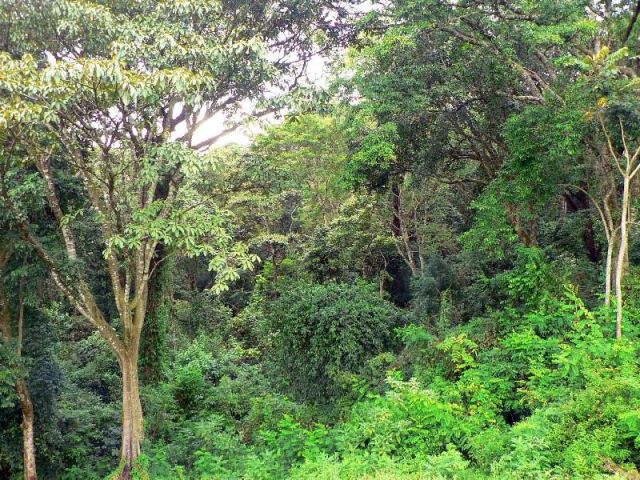
Kakamega Forest is the last corner in Kenya of the great tropical rainforest that stretched across central Africa.
Located in north-western Kenya, 35 km from Lake Victoria, the Kakamega Forest stretches along an undulating terrain between the Yala and Isiukhu...
NEWS
di redazione
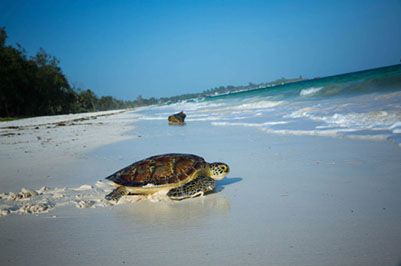
Kenya was included in the five countries to visit in 2017 for an eco-conscious holiday by two of America's most important industry operators.
G-Adventure and Intrepid Travel have cited Kenya as one of the most interesting and growing countries in...
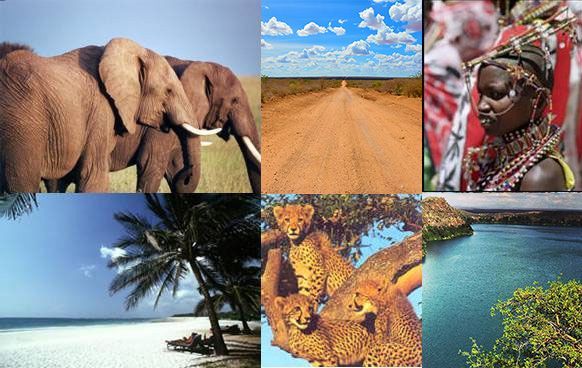
One entry for each letter of the alphabet is certainly not enough to contain all the wonders and peculiarities of a unique and varied country like Kenya.
Cradle of humanity, a place that more than any other personifies the so-called...
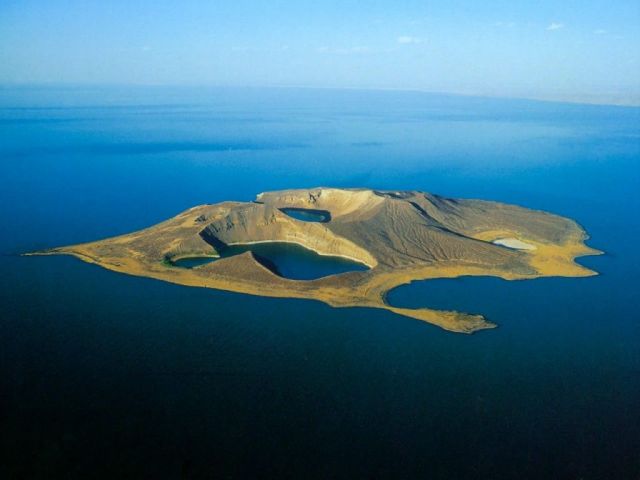
Lake Turkana, also called the Jade Sea because of the remarkable, almost incandescent colour of its waters, which appear surprisingly blue and...
PARKS
di redazione
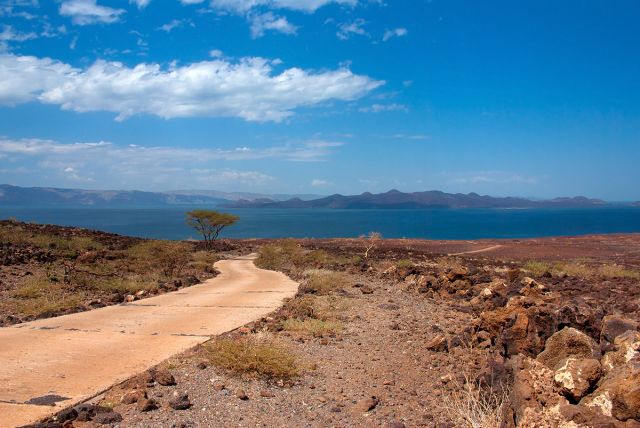
In 1972, the Kenyan Government declared the area east of Lake Turkana, between the Tulor Bor River to the north and Allia Bay to the south, a national park under the name Sibiloi.
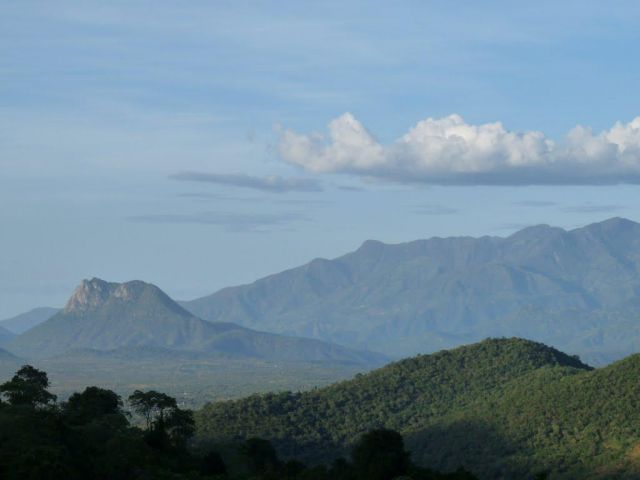
The green heart of Africa, where every nook and cranny is a metaphor for the continent's wild and fabulous eternity: springs, forest, sudden precipices and escarpments, gentle hills...
PLANTS OF KENYA
di redazione
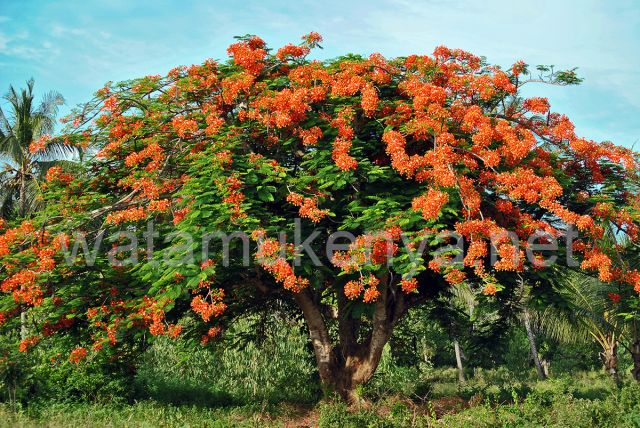
Delonix Regia, native to the forests of northern Madagascar, is one of the most beautiful flowering tree species belonging to the Fabaceae family, also known as Leguminosae. It is known by many as...
NEWS
di redazione
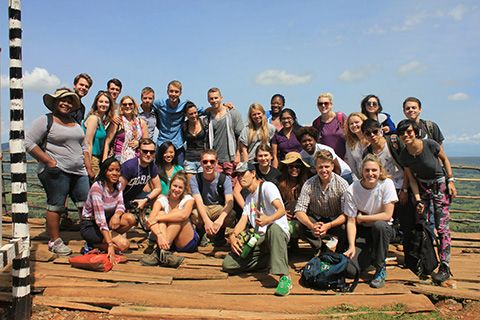
Watamu is not only a paradise for tourists and for those who fall in love with Africa and then returns, but also a "field of exploration" for many young people from all over the world.
Especially its ecosystem is of...